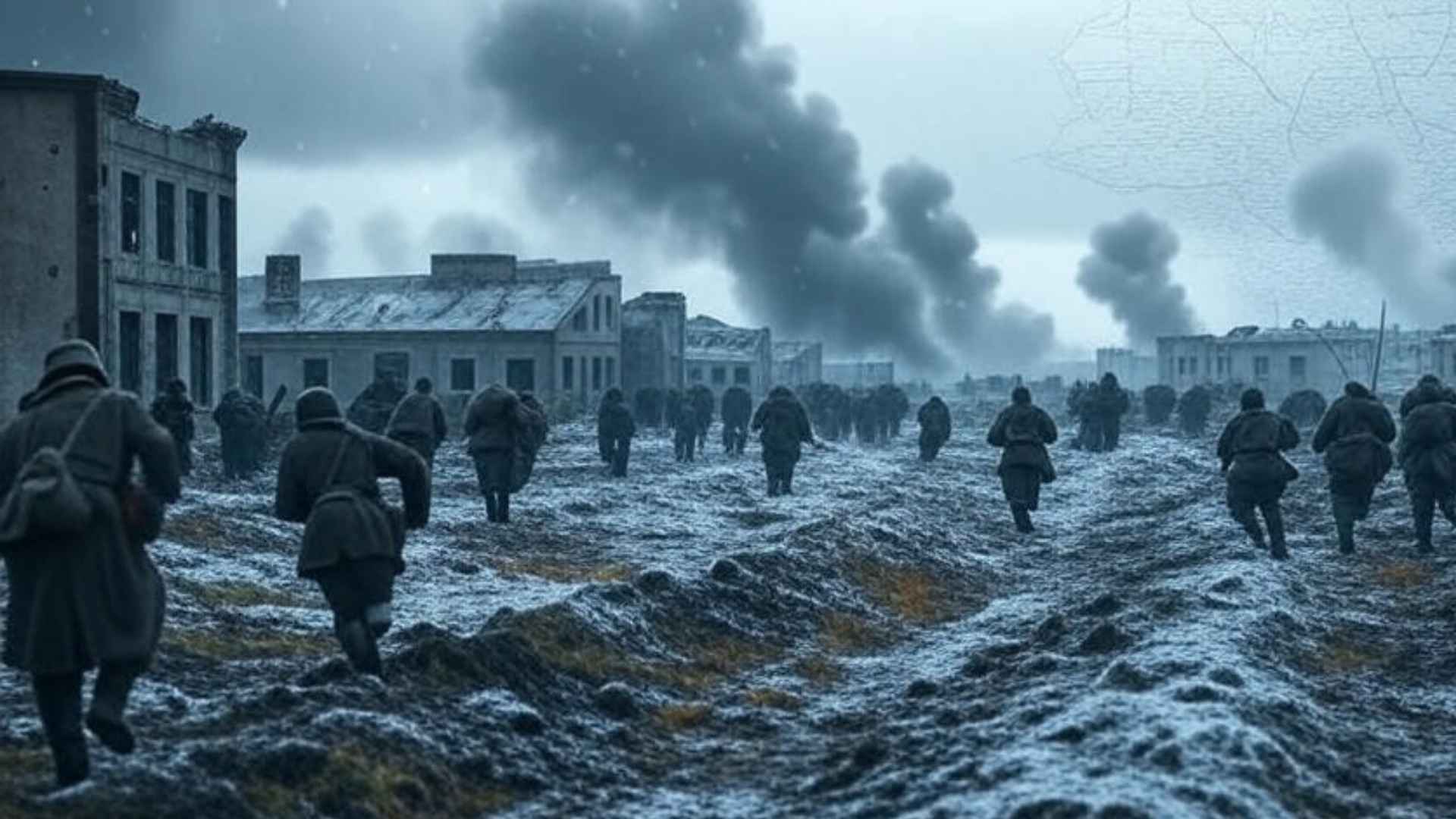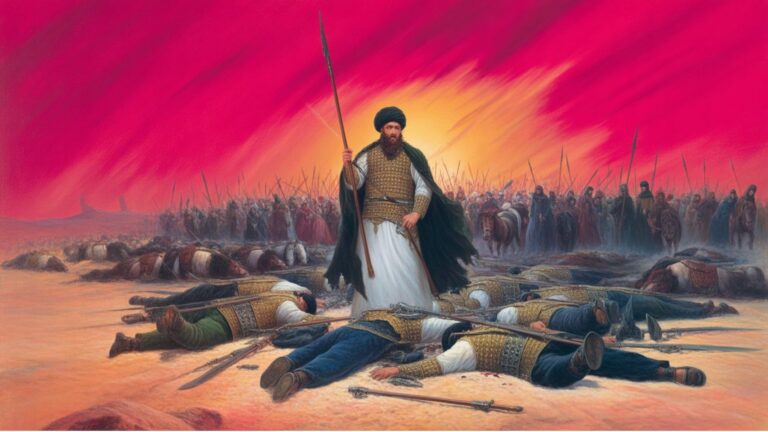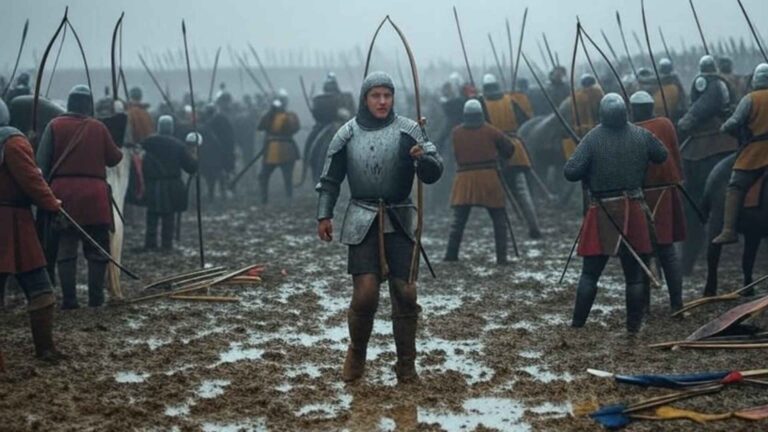Battle of Stalingrad: Casualties, Importance, Why Happened and Who Won
The Battle of Stalingrad was the most dangerous, bloody and decisive battle of World War II, fought between Nazi Germany and the Soviet Union.
The war lasted from August 23, 1942 to February 2, 1943, and is considered one of the world’s largest civil wars.
This was not just a battle for land, but a battle for power, prestige, and survival that changed the course of World War II forever.
How Did the Battle of Stalingrad Begin?
This war was a continuation of Hitler’s Operation Barbarossa, which began in June 1941 to attack the Soviet Union.
After failing to capture Moscow, Germany devised “Case Blue” to seize the oil reserves of the Caucasus.
Stalingrad, a city situated on the banks of the Volga River and named after Joseph Stalin, was also an important industrial center.
Both Hitler and Stalin gave symbolic importance to this city, turning the battle into a war of prestige.
When, where, and Why Did the Battle of Stalingrad Happen?
Date: August 23, 1942 – February 2, 1943
Location: Stalingrad (present-day Volgograd, Russia)
Objectives: Germany’s aim to capture the Volga River and oil resources; Soviet aim to defend and resist.
Why Was the Battle of Stalingrad Important?
The Battle of Stalingrad was important because it changed the direction of World War II by stopping the Germans from moving forward on the Eastern Front, making their army weaker, and helping the Soviets start their march toward Berlin, which finally turned the war in favor of the Allies.
Dangerous War Fought in Three Phases
1. German Assault (August to September 1942)
The German 6th Army, under the command of General Friedrich Paulus, launched a fierce assault with heavy aerial bombardment.
Thousands of civilians were killed, and the city was reduced to rubble.
The German forces advanced through brutal house-to-house combat.
2. Stalemate and Soviet Resistance (September to November 1942)
Soviet Generals Georgy Zhukov and Aleksandr Vasilevsky adopted intense defensive strategies.
Factories, ruined buildings, and rubble were turned into fortified positions.
Famed sniper Vasily Zaytsev struck fear throughout the city with his deadly accuracy.
3. Soviet Counteroffensive (November 1942 to February 1943)
Through Operation Uranus, the Soviet forces encircled the German troops.
Cut off from supplies, and weakened by extreme cold and starvation, the German army collapsed.
General Paulus surrendered on February 2, 1943.
Military Strategy
German Strategy: Blitzkrieg (rapid assaults) and air superiority
Soviet Strategy: Encirclement, urban defense, and fighting from within residential buildings
Turning Point: Operation Uranus (November 19–23, 1942) – Complete encirclement of German forces
Battle of Stalingrad Casualties and Destruction
🇩🇪 German and Axis Losses:
Total losses for German and Axis forces ranged between 800,000 to 1.5 million.
- The German 6th Army alone saw 282,000 troops killed, wounded, or captured.
- Romania: 158,000 soldiers killed, wounded, or missing
- Italy: 114,000 soldiers killed, wounded, or missing
- Hungary: 143,000 soldiers killed, wounded, or missing
By the end of the battle, approximately 235,000 Axis troops had been taken prisoner. The German Luftwaffe lost over 900 aircraft, including bombers and transport planes. Additionally, 500 tanks, 6,000 artillery pieces, and thousands of other weapons were destroyed or abandoned.
🇷🇺 Soviet Losses:
According to official figures, more than 1,129,000 Soviet soldiers were killed, wounded, or fell ill during the battle. Recent research suggests the total losses may have exceeded 1.35 to 1.37 million.
The Soviet Union also lost: 4,341 tanks, 15,728 artillery pieces, and 2,769 combat aircraft. According to Russian historians, the actual human toll was likely far higher than the official numbers reflect, highlighting the immense cost of the Soviet resistance.
Civilian Casualties:
In the city of Stalingrad, at least 235,000 civilians were killed—victims of relentless bombing, starvation, and the brutal conditions of war. According to researchers, the destruction of the civilian population in Stalingrad was 32.3% greater than the atomic bombing of Hiroshima.
A large portion of the city’s population was wiped out during the battle, making it one of the worst humanitarian catastrophes in recorded history.
Impact of Battle of Stalingrad
The Soviet victory halted Germany’s advance on the Eastern Front. The myth of German invincibility was shattered. Allied morale was boosted, and the Soviet Union began its push toward Berlin.
Memorial sites like Mamayev Kurgan still stand today as symbols of Soviet resistance.
Must Read: Battle of the Bulge: Causes, Casualties, Significance, and Who Won
Significance of the Battle of Stalingrad
Even today, the Battle of Stalingrad continues to inspire books, films, and documentaries—such as Enemy at the Gates. Military academies study it as a classic example of urban warfare. Historians around the world regard it as the greatest battle of World War II.
The battle remains a powerful symbol of endurance, strategy, and national survival.
Final Thought
The Battle of Stalingrad was not merely a fight for one city—it was a monumental story of human courage, sacrifice, and strategy. It was fought at a time when all hope seemed lost. Yet its outcome changed not only the fate of the Soviet Union but altered the course of world history. An estimated 2.5 to 3 million people—both soldiers and civilians—lost their lives in this brutal conflict.
Let us remember this great sacrifice—and learn from it. Even today, it remains a sobering example of the true cost of war.







